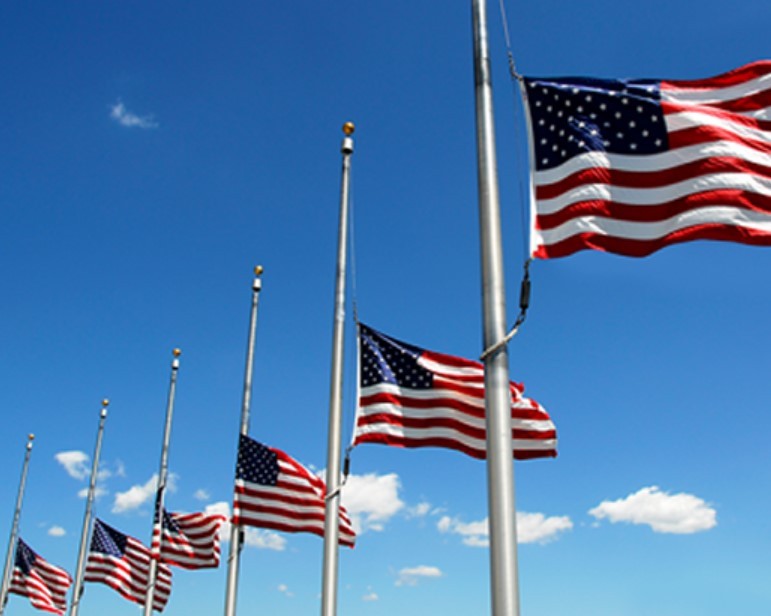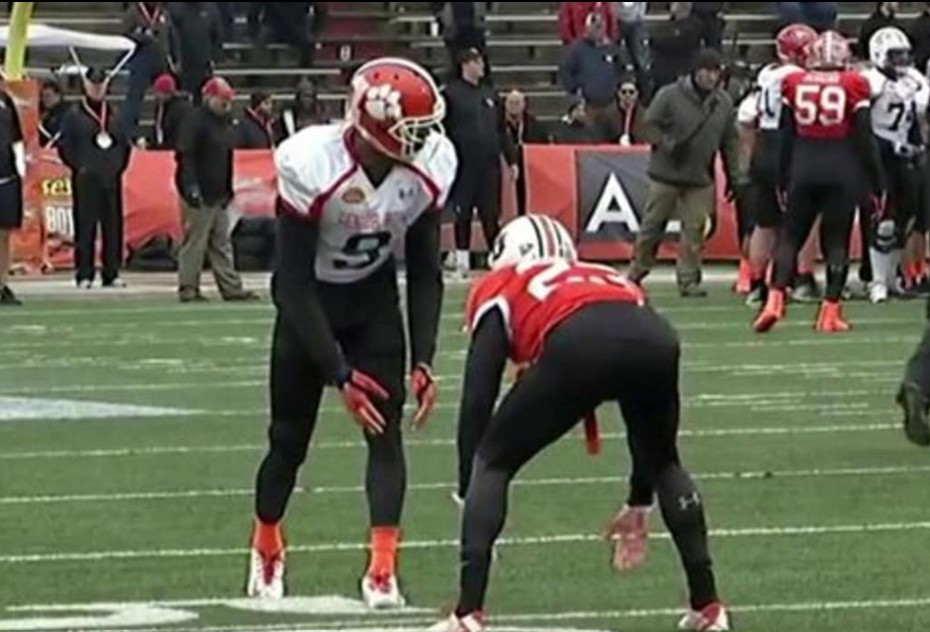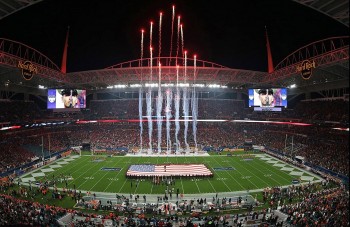Inside Task Force 51: Maj. Gen. Scott M. Sherman Leads 700 Marines & 2,100 Guard Troops into LA Protest Zone
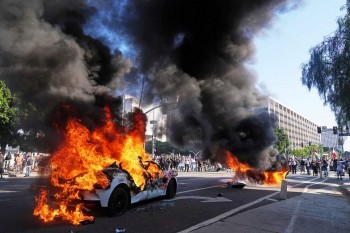 Why China Warned Its Citizens Amid LA Protests: A Deep Dive Why China Warned Its Citizens Amid LA Protests: A Deep Dive |
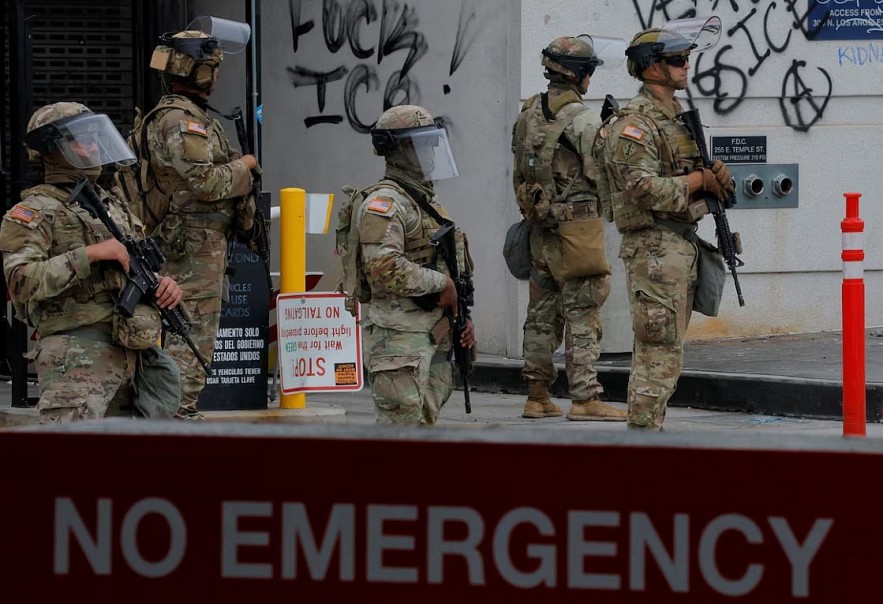 |
| 700 Marines & 2,100 Guard Troops into LA Protest Zone |
Ever‑Evolving Crisis in LA
In early June 2025, aggressive Immigration and Customs Enforcement (ICE) raids in Los Angeles led to the detention of over 40 migrants—including prominent union leader SEIU California President David Huerta—triggering widespread protests that spilled onto freeways, sparked clashes with law enforcement, and escalated into shared national outrage.
Amid rising tensions, President Trump federalized approximately 2,000 California National Guard members under Title 10, citing threats to federal property—even as Governor Gavin Newsom condemned the move as unconstitutional, sparking legal action .
To bolster federal support, an additional 700 active-duty Marines from the 2nd Battalion, 7th Marines, 1st Marine Division, were deployed from Camp Pendleton and Twentynine Palms, seamlessly integrating with Guard forces under Task Force 51, commanded by Maj. Gen. Scott M. Sherman
Maj. Gen. Scott M. Sherman: Background & Leadership
Name: Major General Scott M. Sherman
Positions:
-
Deputy Commanding General – Support / National Guard, U.S. Army North (Fifth Army), Fort Sam Houston
-
Commander, Task Force 51, USARNORTH’s Contingency Command Post
Education & Awards:
-
1992 graduate of West Point
-
MBA (Colorado State University) & Master’s in Strategic Studies (U.S. Army War College)
-
Recipient of Bronze Star, Legion of Merit, Meritorious Service Medal (4x), among others
Operational History:
Sherman commenced his career in the Colorado Army National Guard in 2000 and has substantial joint-ops and homeland defense experience, including responses to natural disasters, domestic emergencies, deployments in Iraq, support missions in Korea, and domestic roles during Hurricane Katrina.
Since September 2023, he’s led Task Force 51, poised to command rapid-response forces in homeland security scenarios—like the LA deployment currently underway.
Task Force 51 Composition & Mission
Strength & Integration
-
≈2,100 National Guard troops, federally activated under Title 10
-
≈700 active-duty Marines from 2/7 Marines, 1st Marine Division
Core Objective
To provide uninterrupted coverage protecting federal property and personnel—such as ICE facilities and courthouses—while coordinating with civil authorities
Rules of Engagement
-
No civilian law enforcement duties (Posse Comitatus Act applies)
-
Training focused on crowd control, de-escalation, and defensive rules of engagement
-
Troops equipped only with standard weapons; no arrests expected beyond defensive measures.
Timeline of Escalation
| Date | Event |
|---|---|
| June 6–8, 2025 | ICE raid, arrests of migrants—including David Huerta—spark protests across LA, freeway disruptions, confrontations |
| June 8 | CA Governor Newsom condemns looming federalization; legal actions filed |
| June 9 | Trump federalizes 2,000 Guard troops; Marines prepped for surge from Twentynine Palms |
| June 9–10 | Task Force 51 activated under Sherman; Marines arrive, integrate into operations |
| Ongoing | Clashes persist, protests expand, legal challenges intensify |
State–Federal Conflict & Legal Debate
California Pushback
-
Governor Gavin Newsom denounced the federal activation as unconstitutional, initiating legal action and remarking the move was “deeply unfair” to state troops
-
Attorney General Rob Bonta termed it a violation of state sovereignty and filed suit
Federal Justification
-
President Trump defended the deployment without invoking the Insurrection Act, underscoring federal authority to protect property in the face of rebellion threats
-
Critics warn this opens a dangerous precedent, transforming domestic protest into military matters
Comparisons & Historical Context
While rare, this deployment follows historical US military interventions:
-
1992 LA riots: Marines from 1st Marine Division assisted civilian authorities under federal command
-
1960s Civil Rights interventions: Federal forces protected integration and voting rights
Unlike past incidents, this response does not invoke the Insurrection Act—raising broader questions about Title 10 use and executive reach
On-the-Ground Operations
-
Marines deployed from Twentynine Palms and Camp Pendleton, quickly boarding military transport for LA
-
Bodies are positioned at key federal locations—ICE offices, courthouses, detention centers—to bolster the existing Guard presence.
-
Crowd-control strategies include perimeter control, visual deterrence, tear gas protocols, and strict guidelines about force usage.
What Comes Next? Key Questions
-
Duration: Federal officials suggest the activation remains until civil order is restored; state legal action may force early demobilization.
-
Legal Outcome: Pending in federal courts, the case may determine the legality of Title 10 deployments without state consent.
-
Future Precedent: This could influence how future protests—immigration, climate, social justice—are managed.
-
Community Impact: Public trust may waver if military forces are perceived as political tools rather than public safety agents.
FAQs
1. Who is Maj. Gen. Scott M. Sherman?
A West Point graduate and senior officer at US Army North. Commander of Task Force 51, he’s recognized for domestic emergency and homeland defense leadership based in Texas.
2. What is Task Force 51?
A contingency command post under USARNORTH designed for fast deployment alongside civilian agencies during homeland crises, including LA’s current unrest .
3. Why are 700 Marines in LA?
They augment the 2,100 National Guard troops to ensure uninterrupted federal protection—especially after ICE-related protests—under Sherman’s command
4. Isn’t military involvement illegal under Posse Comitatus?
No. Posse Comitatus prohibits troops from law enforcement roles. Here, Task Force 51 is strictly protecting federal assets, with no arrests or patrol duties
5. Did they invoke the Insurrection Act?
No. Deployment was based on Title 10 activation under presidential order, not the Insurrection Act. This is a less severe legal path, though still contentious .
6. What is at stake legally?
California claims federal overreach infringes on sovereignty and unlawfully commandeers the National Guard. Courts will decide if Title 10 powers can bypass state consent.
7. What happens if tensions flare?
Troops are trained for escalation management, emphasizing de-escalation. Rules of engagement allow force only in self-defense or when protecting federal interests.
8. Could this deployment be expanded?
Currently limited to 2,100 Guard and 700 Marines. Unless state compliance changes or situation worsens, further increases seem unlikely—but precedent could open doors.
Final Thoughts
Maj. Gen. Scott M. Sherman’s command of Task Force 51 in this deployment marks a pivotal moment in domestic military engagement—executed via Title 10, not the more severe Insurrection Act. While the immediate mission of federal asset protection is clear, the deployment revitalizes constitutional debates on military role in civic unrest, state authority, and executive power.
The legal ruling out of California, the political aftermath, and community reactions over the coming weeks will shape the boundaries of military involvement in future U.S. civil disturbances. And as LA grapples with its reality, the question remains: did this move preserve order—or cross a line?


